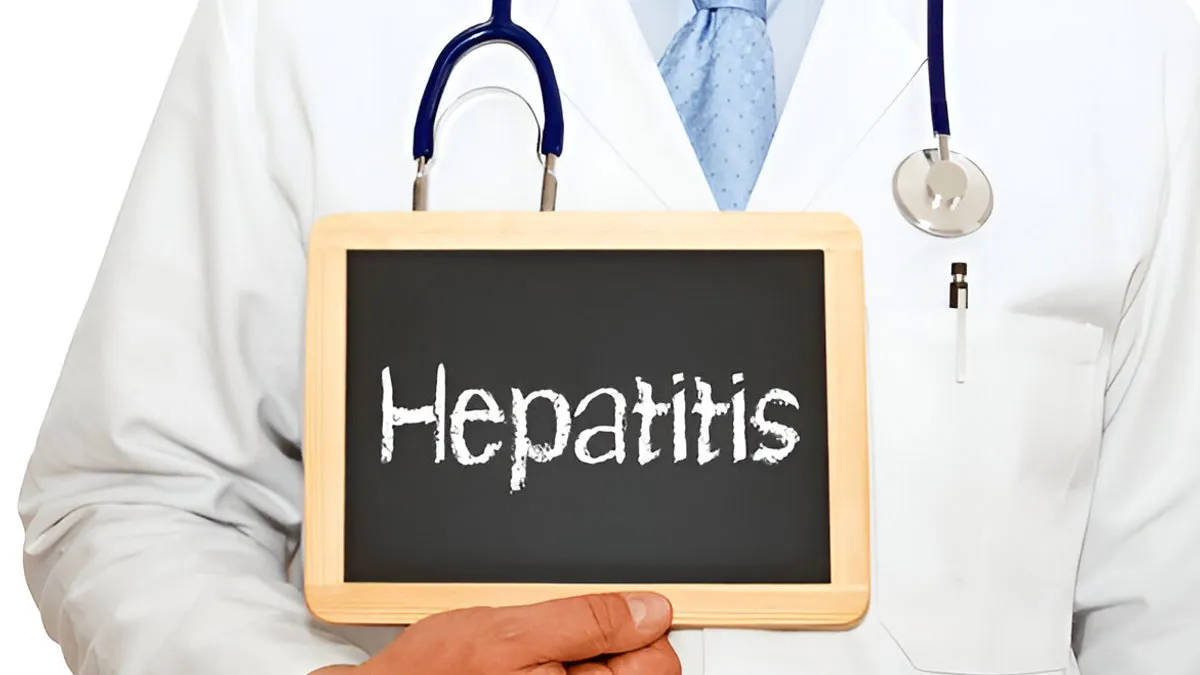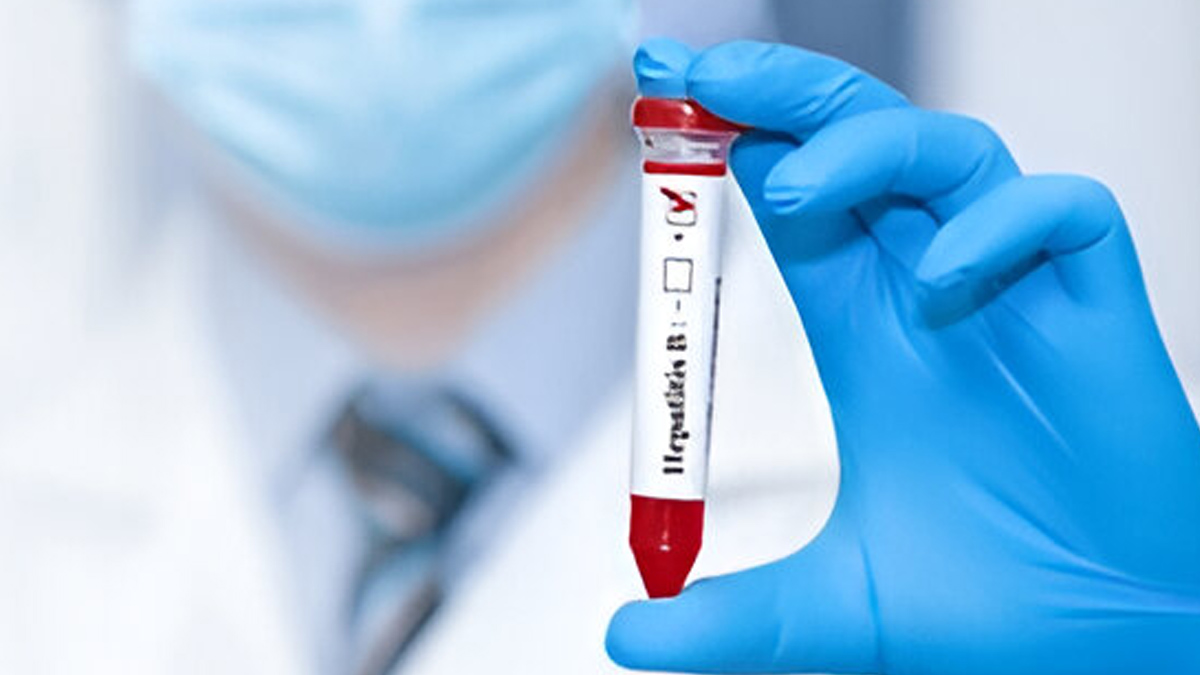
Viral diseases called hepatitis B and C primarily target the liver and often incubate quietly for decades before any symptoms appear. Eradicating hepatitis and avoiding liver complications, including cancer, poses a significant challenge for the world's healthcare community, given that more than half a billion individuals across the globe are infected with these conditions.
Table of Content:-
Despite the existence of vaccines and treatments that have worked, advancement is restricted by challenges, such as ignorance, stigma, and cost. On this World Hepatitis Day, observed on 28th July every year, we spoke to Dr Sudipta Ghosh, Senior Consultant - Gastrointestinal Medical Specialist, Manipal Hospital - Broadway, Kolkata, who explained hepatitis B and C, their differences, transmission, and treatment methods.
The World Health Organization (WHO) desires to eliminate hepatitis as a public health threat by 2030, and it is important that these issues are resolved for that to happen. Hepatitis kills 1.3 million people every year, and the figure continues to rise. Expanding testing, ensuring equitable access to vaccines and treatment, and addressing structural and social barriers can help counter this trend.
Medical differences between Hepatitis B and C

“Both hepatitis B and C are viruses carried by blood; however, they differ in how they develop and are treated. Unless there is a sign of liver inflammation or damage, hepatitis B often leads to a sluggish, chronic infection that may not require treatment. Chronic hepatitis B can lead to severe side effects like cirrhosis, liver failure, and liver cancer,” said Dr Ghosh.
Historically, hepatitis C was harder to treat, but new oral medications have revolutionised the outcome. Before advanced liver disease develops, hepatitis C patients are generally symptom-free. If and when symptoms develop, they may include fatigue, abdominal pain, or complications, such as internal bleeding, ascites, and confusion.
Also Read:
Transmission of Hepatitis B and C
Direct bodily contact with infected blood can transmit both viruses. This includes mother-to-child during delivery, by needle sharing, or by unsterilised medical equipment. Shared personal items, such as toothbrushes, shaving razors or sexual activity can also transmit hepatitis B.
“An important point to keep in mind is that neither virus is transmitted by casual bodily contact, such as coughing, kissing, hugging, or food sharing. It is vital to debunk this myth to reduce stigma and further knowledge,” shared Dr Ghosh.
Treatment Options

“Hepatitis B treatment depends on the health of the liver and viral load. Two oral first-line medications are prescribed daily out of the seven approved drugs. These treatments are not curative, although they reduce complications and suppress the virus. Long-term control is the goal. Hepatitis C treatment has become much better,” said Dr Ghosh.
More powerful and better-tolerated oral medications have replaced interferon, which was previously the standard. With these modern medications, most patients can be cured of hepatitis C, often in 8–12 weeks. Hepatitis B and C patients can enjoy healthy, full lives if properly treated and diagnosed early.
With regular monitoring, changes in their way of living, and compliance with medical treatment, complications can be prevented. Successful treatment for hepatitis C and antiviral therapy for hepatitis B significantly reduce the risk of liver failure and cancer, and patients are able to lead healthy lives.
Importance of Early Testing and Diagnosis
Most infected individuals don't have any warning signs until after considerable liver damage; early testing becomes the critical component. Prompt intervention facilitated by early diagnosis delays disease progression and transmission.
Role Of Vaccines In Preventing Hepatitis A and B
Immunisation, consisting of a highly efficacious three-shot regimen, prevents hepatitis B. Pregnant women and newborns are screened and vaccinated routinely in the United States. As there is no vaccine available yet to prevent hepatitis C, the best protection available is early detection and treatment.
Only hepatitis A and B vaccines exist at present. The hepatitis B vaccine is part of global routine immunisation programs and is safe and effective. Because there is no vaccine available at present to prevent hepatitis C, treatment access, early diagnosis, and continuous awareness are essential.
Bottomline
Dr Ghosh concluded, "Encouraging open conversations and dispelling myths can lead to timely diagnosis and treatment. Early detection and awareness are crucial to stop the silent progression of hepatitis B and C. Together, through education, testing, and support, we can break the stigma and move closer to a world free from hepatitis."
[Disclaimer: This article contains information provided by an expert and is for informational purposes only. Hence, we advise you to consult your professional if you are dealing with any health issue to avoid complications.]
Also watch this video
How we keep this article up to date:
We work with experts and keep a close eye on the latest in health and wellness. Whenever there is a new research or helpful information, we update our articles with accurate and useful advice.
Current Version